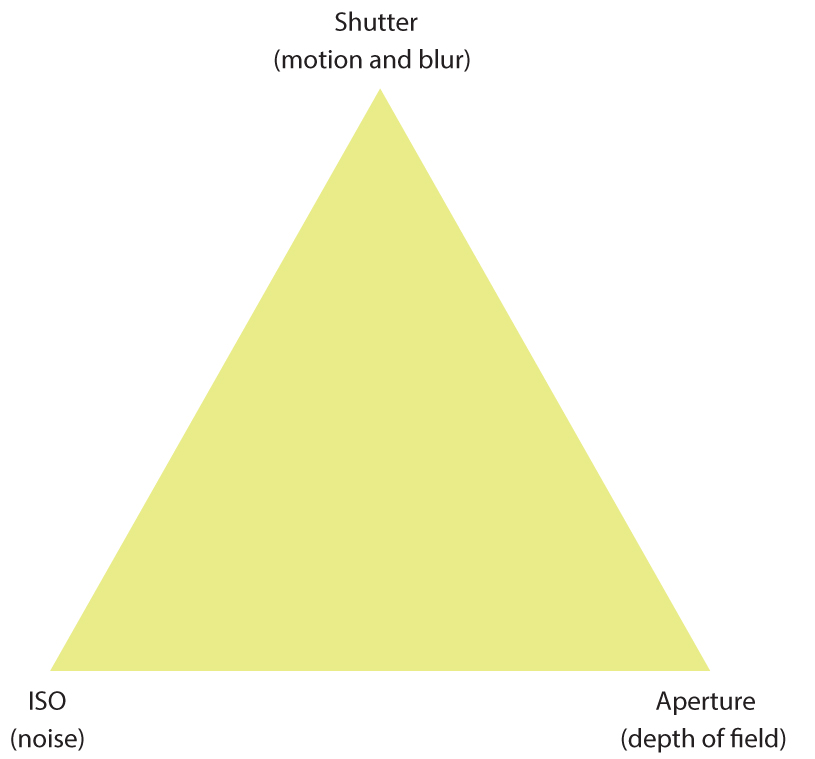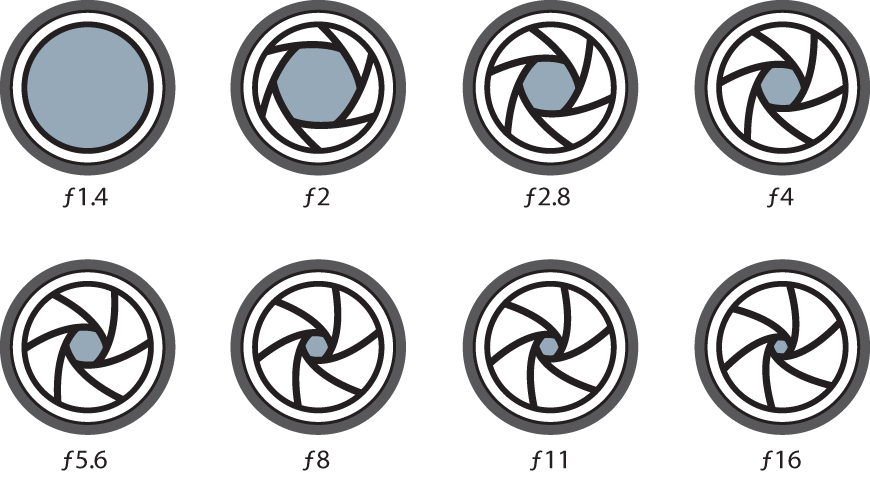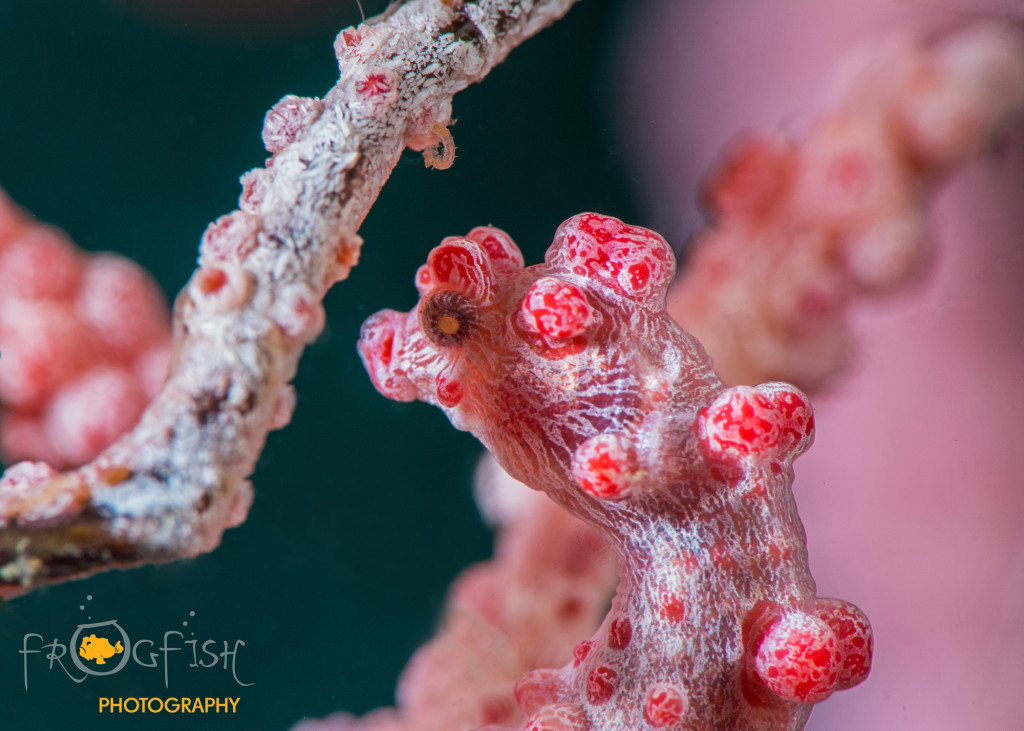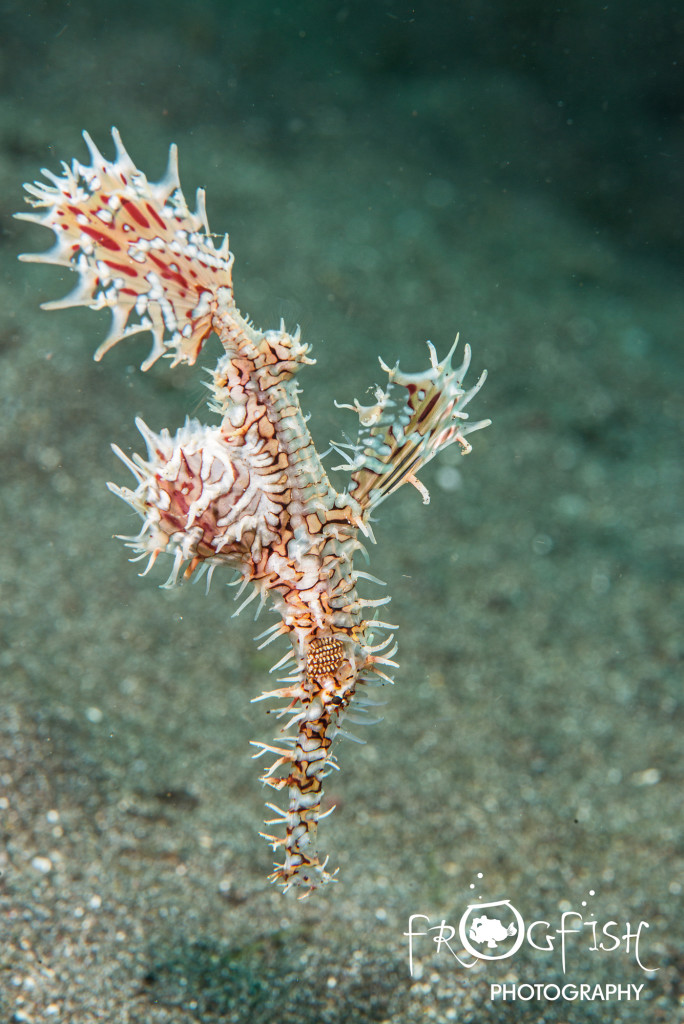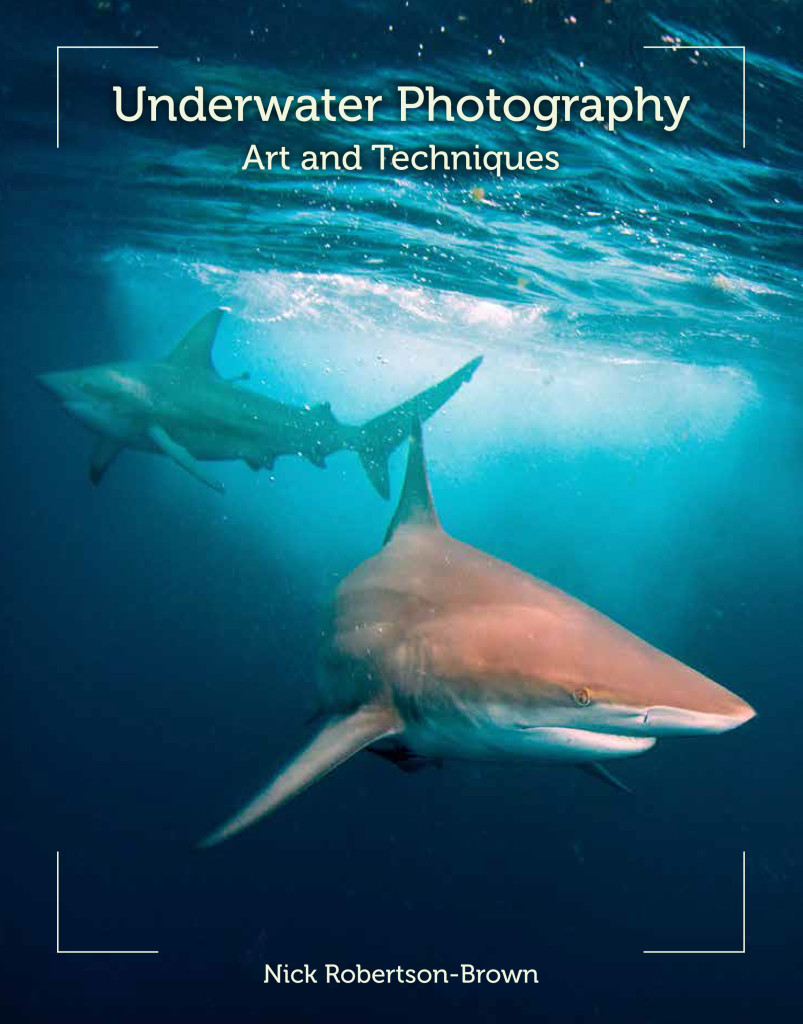Photo / Video News & Reviews
Underwater Photography Essentials: Part 1
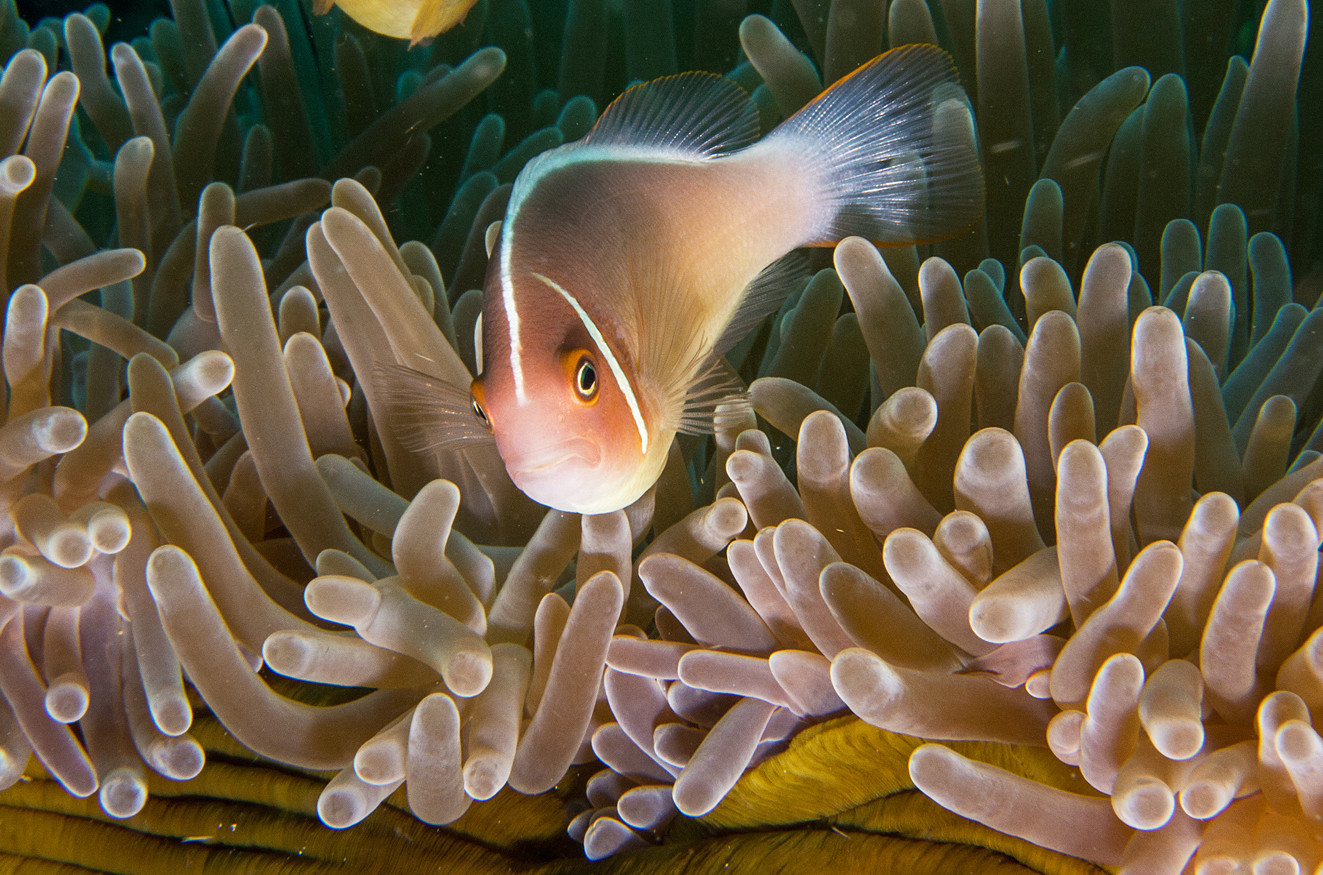
Tips, ideas and advice for budding underwater photographers
by Nick Robertson-Brown FRPS
Part 1: Getting to grips with your camera settings – Aperture
When you look at your subject underwater, without using artificial light, there are essentially three factors that you can change on your camera to create the image you want. These three factors are aperture, shutter speed and ISO and all three have an effect upon how the image will look. Each will have their own individual characteristic upon the outcome of your image, and usually, by changing one of these factors, one of the others will need to be adjusted to compensate for what you have done. In order to maintain the same amount of light in your image, the exposure value (EV), increasing the light from one of these factors will mean you need to decrease the light using one of the other two.
It is a case of balancing the light to get the right value for the image you want to create. How you balance this value will give you, the photographer, control of how you wish the image to look. In this first article, we are going to look at Aperture.
Aperture
The aperture is the space behind the lens through which the light enters the camera, and hence, the sensor. The aperture works very much in the same way as the pupil of the human eye. In bright light, the pupil will close down to a small round opening, hence restricting the amount of light that falls on the retina. As it gets darker, the pupil dilates to allow more light to enter the eye. The aperture of the camera’s lens can be opened and closed, just like the pupil of the eye, and if you have your camera in the auto setting, this is one factor the camera may use to change the exposure value. This is why I think it is important that you should use the manual setting so you have control of how you want to present your image.
Aperture Setting
The aperture setting is referred to as the f-stop or f-number, and the smaller the number, the larger the aperture. Mechanically, the size of the hole is determined by a circle of blades that cause the central aperture to open and close by the overlapping of these blades on each other. Closing the aperture will restrict the amount of light hitting the sensor and the f-number increases. This f-number is not just a random figure, but is in fact a ratio of the focal length of the lens to the physical size of the aperture. In most compact cameras there is no mechanical closing of an aperture but its attributes are produced electronically to give the same effect.
The figure above shows the f-value and all camera lenses are calibrated using the same f-stop scale. The range of aperture numbers does vary from one lens to another, with the greater range generally equating to the greater price. The scale, however, is always constant and each increase in f-stop number equates to half the amount of light that is allowed through to the sensor.
Depth of Field
Opening and closing the aperture, or decreasing and increasing the f-stop, would appear to be a simple way of changing the light level on the sensor. As the aperture is opened however, the depth of field is reduced, and this has a very noticeable effect upon the image. The depth of field is defined as the amount of the image which appears to be acceptably in focus, and changing the depth of field on your subject can create very different images.
As you can see from the above image, the pygmy seahorse is in sharp focus. The rest of the coral behind it is totally out of focus, and this has the effect of making the seahorse, your subject, pop out from the picture.
And again with this ghost pipefish, the subject is in focus, but the background is blurry and there can be no misunderstanding as to what the subject is.
This does not necessarily mean that you should always use a small depth of field to make your subject pop out, and there are times when the environment around the subject is important. This technique is used by many underwater photographers as it allows you to virtually eliminate any messy background by using a low f-stop number to create a small depth of field. This is ideal for when your subject will not come out into the open. The blurry background in an image is called “Bokeh”
Of course, sometimes you want to show the critter in its environment and to do this, you need to increase the f-stop (close down the aperture). As a result of closing down the aperture, the exposure value will go down as you are letting less light onto the sensor. Within the exposure triangle, there are two other factors you can adjust and I will be looking at these controls next time.
————————————————————————————————————————————————————
Do you want to learn more? You can pick up a copy of Nick’s book “Underwater Photography Art & Techniques” by clicking here.
Underwater Photography Courses
Contact Nick for information on the Frogfish Photography Complete Underwater Photography Award, designed for 1:1 and small group sessions to improve your underwater photography at your pace.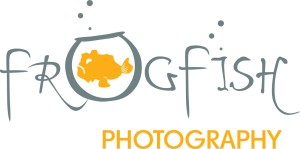
www.frogfishphotography.com | frogfishphotos@gmail.com | +44 (0)161 9177101
Blogs
Diver Discovering Whale Skeletons Beneath Ice Judged World’s Best Underwater Photograph
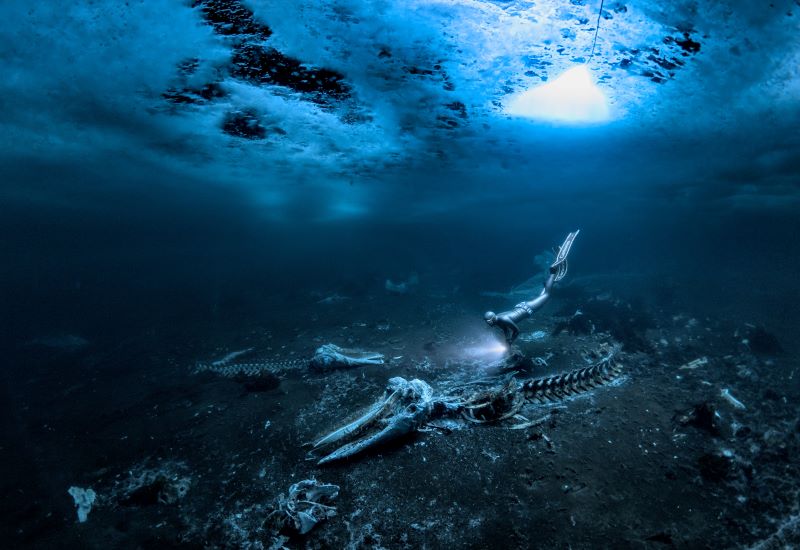
An emotive photograph showing a freediver examining the aftermath of whaling sees
Alex Dawson from Sweden named Underwater Photographer of the Year 2024. Dawson’s
photograph ‘Whale Bones’ triumphed over 6500 underwater pictures entered by underwater
photographers from around the world.
“Whale Bones was photographed in the toughest conditions,” explains chair of judging
panel Alex Mustard, “as a breath-hold diver descends below the Greenland ice sheet to bear
witness to the carcasses. The composition invites us to consider our impact on the great
creatures of this planet. Since the rise of humans, wild animals have declined by 85%. Today,
just 4% of mammals are wildlife, the remaining 96% are humans and our livestock. Our way
needs to change to find a balance with nature.”
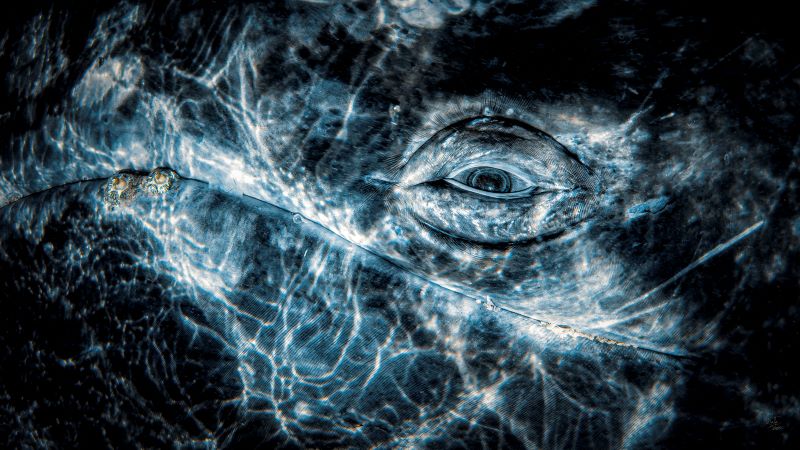
Photo: Rafael
Fernandez Caballero
Whales dominated the winning pictures this year with Spanish photographer Rafael
Fernandez Caballero winning two categories with his revealing photos of these ocean giants:
a close up of a grey whale’s eye and an action shot of a Bryde’s whale engulfing an entire bait
ball, both taken in Magdalena Bay, Baja California, Mexico. Fernandez Caballero took ‘Grey
Whale Connection’ while drifting in a small boat, holding his camera over the side in the water
to photograph the curious whale. ‘The End Of A Baitball’ required Fernandez Caballero to dive
down and be in exactly the right place at the moment the whale lunged. “The photo shows
the high speed attack,” he said, “with the whale engulfing hundreds of kilograms of sardines
in one bite — simply unforgettable to see predation on such a scale.”
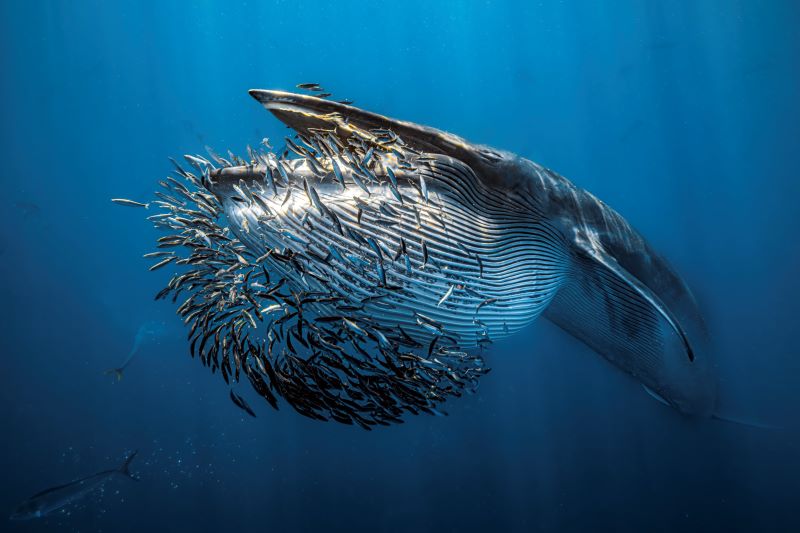
Photo: Rafael
Fernandez Caballero
Lisa Stengel from the United States was named Up & Coming Underwater Photographer of the Year 2024 for her image of a mahi-mahi catching a sardine, in Mexico. Stengel used both a very fast shutter speed and her hearing to catch the moment. “If you listen there’s an enormous amount of sound in the ocean,” she explained. “The action was too fast to see, so I honed in on the sound of the attacks with my camera to capture this special moment.”
“It is such an exciting time in underwater photography because photographers are capturing such amazing new images, by visiting new locations and using the latest cameras,”
commented judge Alex Mustard. “Until this year I’d hardly ever see a photo of a mahi mahi,
now Lisa has photographed one hunting, action that plays out in the blink of an eye.”
The Underwater Photographer of the Year contest is based in the UK, and Jenny Stock,
was named as British Underwater Photographer of the Year 2024 for her image “Star
Attraction”, which finds beauty in species of British wildlife that are often overlooked.
Exploring the west coast of Scotland, Stock explained “in the dark green depths my torch
picked out the vivid colours of a living carpet of thousands of brittle stars, each with a
different pattern. I was happily snapping away, when I spotted this purple sea urchin and I
got really excited.”
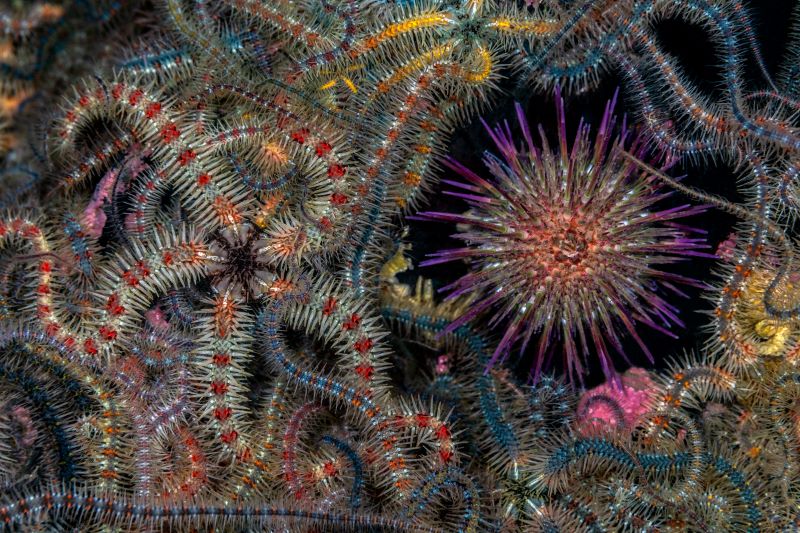
Photo: Jenny Stock
In the same contest, Portuguese photographer, Nuno Sá, was named ‘Save Our Seas
Foundation’ Marine Conservation Photographer of the Year 2024, with his photo ‘Saving
Goliath’, taken in Portugal. Sá’s photo shows beachgoers trying to save a stranded sperm
whale. The picture gives us hope that people do care and want to help the oceans, but also
warns us that bigger changes are needed. “The whale had been struck by a ship and its fate
was sealed,” explains Sá. “An estimated 20,000 whales are killed every year, and many more
injured, after being struck by ships-and few people even realise that it happens.”
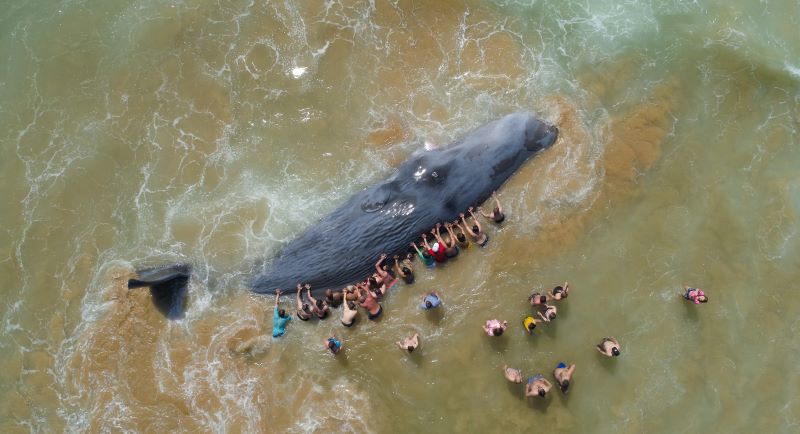
Photo: Nuno Sá
More winning images can be found at www.underwaterphotographeroftheyear.com.
About Underwater Photographer of the Year
Underwater Photographer of the Year is an annual competition, based in the UK, that celebrates photography beneath the surface of the ocean, lakes, rivers and even swimming pools, and attracts entries from all around the world. The contest has 13 categories, testing photographers with themes such as Macro, Wide Angle, Behaviour and Wreck photography, as well as four categories for photos taken specifically in British waters. The winners were announced in an award ceremony in Mayfair, London, hosted by The Crown Estate. This year’s UPY judges were experienced underwater photographers Peter Rowlands, Tobias Friedrich and Dr Alexander Mustard MBE.
Header image: Underwater Photographer of the Year 2024 winner Alex Dawson
News
World’s Best Underwater Photographers Unveil Breathtaking Images at World Shootout 2023
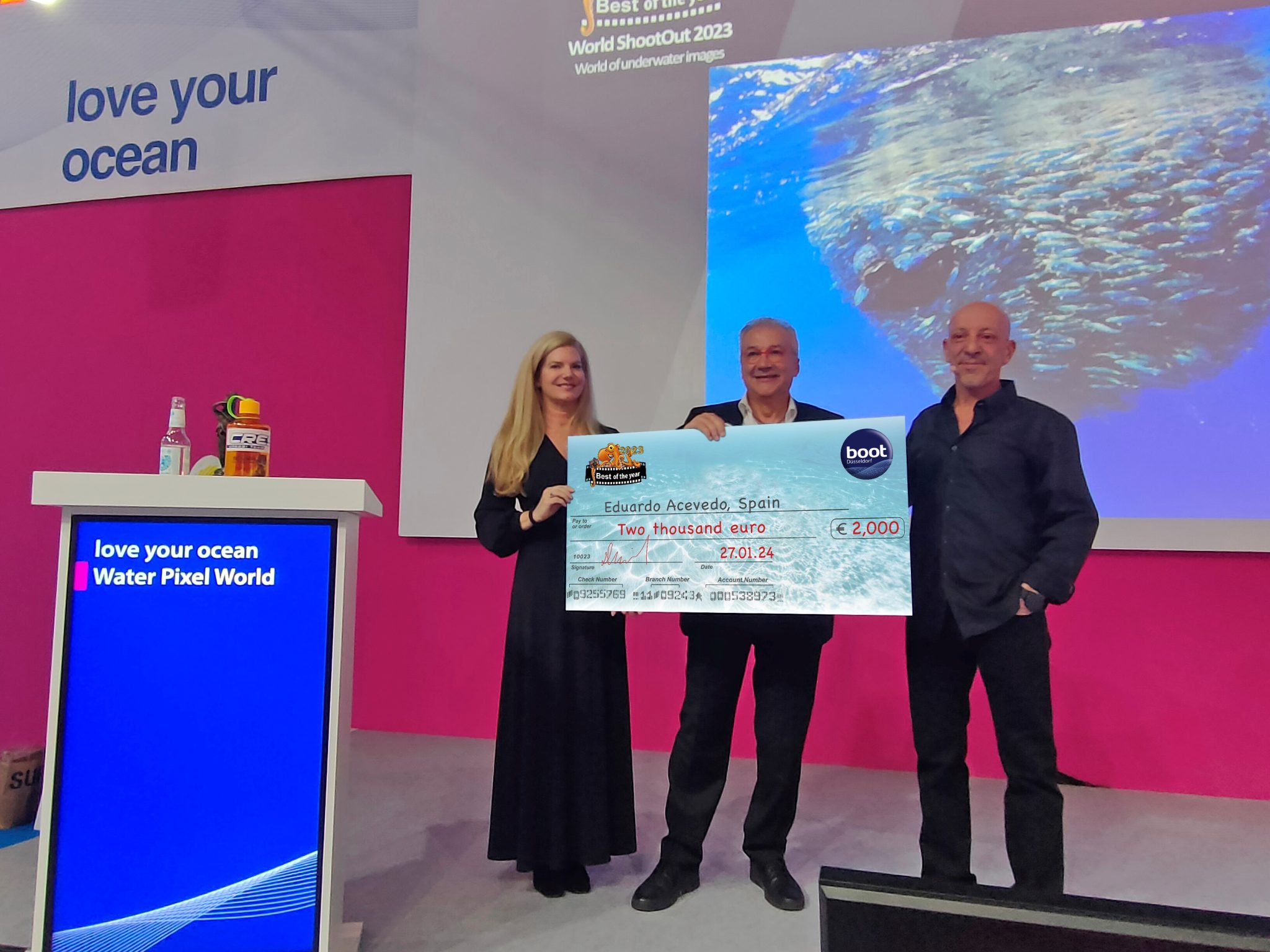
The winners of the prestigious World Shootout 2023 underwater photography competition were announced at this year’s BOOT Show, captivating audiences at the world’s largest diving and water sports exhibition in Dusseldorf, Germany. Hundreds of photographers from 54 countries competed across nine categories, pushing the boundaries of creativity and technical skill.
Grand Prize Winners
- Picture of the Year: Spanish photographer Eduardo Acevedo “secured” the top Honor with the prestigious prize the “boot Dusseldorf Director’s Prize, earning an Andromeda statuette and a €2,000 cash prize.
- Best 5 Images Portfolio: Luc Rooman from Belgium triumphed in this category, winning a dream 4-week diving trip for two to Papua New Guinea, valued at $18,900.
- Amateur Photographer: Alexandra Ceurvorst from the USA impressed the judges with her talent, taking home the 1,000 € cash prize award.
Celebrating Diversity and Innovation
This year’s competition saw 11,680 entries from 964 photographers, showcasing a remarkable spectrum of skills and perspectives. From the intricate wonders of Macro photography to the beauty of “Black Water”, the “Underwater Fashion” category added a touch of artistry and innovation, while the ever-important ” Environmental & Conservation” category served as a powerful reminder of the need to protect these fragile ecosystems.
Looking Ahead: AI and Ocean Conservation
World Shootout founder and producer David Pilosof unveiled an exciting addition for the 2024 competition: this year the Environmental category will be focusing on the impact of plastic on our oceans and future.
This category will embrace the potential of AI or other editing software as a tool to amplify the conservation message.
Entrants will submit campaigns of three original underwater photographs dealing with plastic pollution, along with their final AI assistance processing. This innovative approach encourages artistic expression while raising awareness about a critical environmental issue.
Explore the Stunning Collection
Discover the complete album of competition entries by clicking here.
For Low-resolution photos of finalist entries in eight categories, click here.
-

 News3 months ago
News3 months agoHone your underwater photography skills with Alphamarine Photography at Red Sea Diving Safari in March
-

 News2 months ago
News2 months agoCapturing Critters in Lembeh Underwater Photography Workshop 2024: Event Roundup
-

 Marine Life & Conservation Blogs2 months ago
Marine Life & Conservation Blogs2 months agoCreature Feature: Swell Sharks
-

 Blogs2 months ago
Blogs2 months agoMurex Resorts: Passport to Paradise!
-

 Blogs2 months ago
Blogs2 months agoDiver Discovering Whale Skeletons Beneath Ice Judged World’s Best Underwater Photograph
-

 Gear News3 months ago
Gear News3 months agoBare X-Mission Drysuit: Ideal for Both Technical and Recreational Divers
-

 Gear Reviews2 months ago
Gear Reviews2 months agoGear Review: Oceanic+ Dive Housing for iPhone
-

 Marine Life & Conservation2 months ago
Marine Life & Conservation2 months agoSave the Manatee Club launches brand new webcams at Silver Springs State Park, Florida


